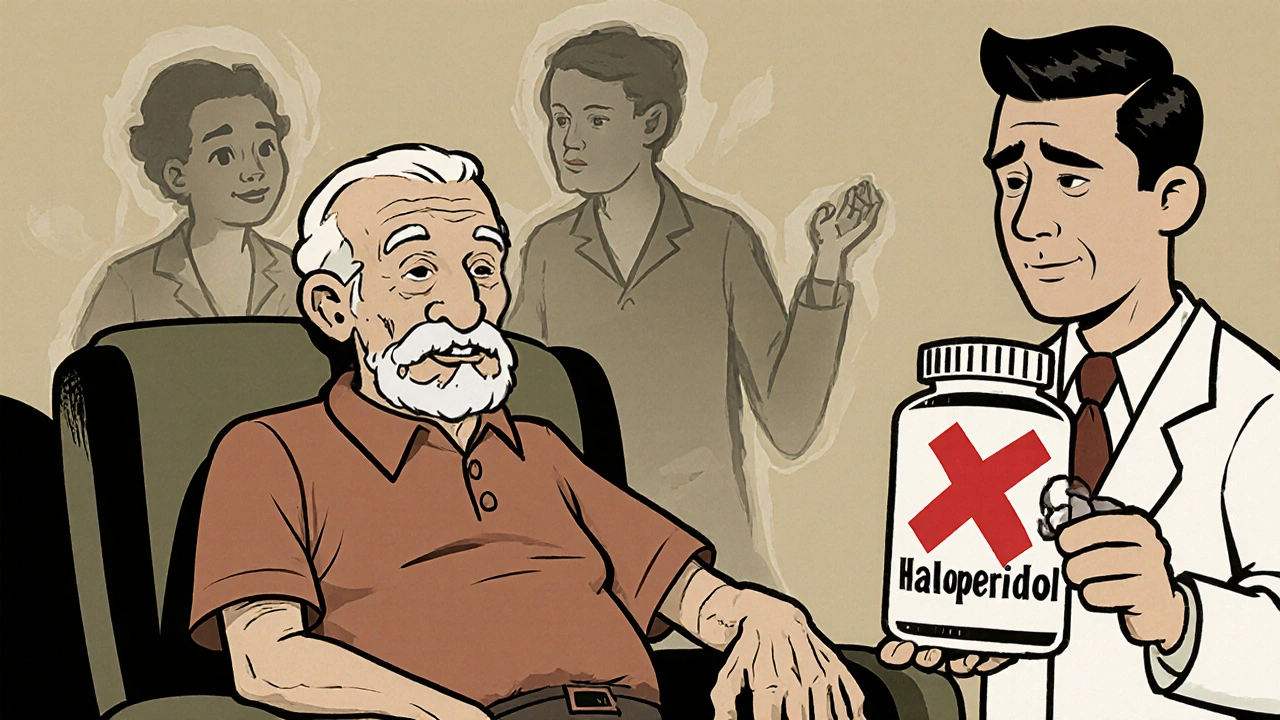Clozapine: What It Is, How It Works, and What You Need to Know About Side Effects and Monitoring
When other antipsychotics fail, clozapine, a second-generation antipsychotic used primarily for severe, treatment-resistant schizophrenia. Also known as Clozaril, it’s one of the few medications that can bring relief when nothing else works — but it demands careful management. Unlike most antipsychotics, clozapine doesn’t just block dopamine. It targets multiple receptors in the brain, including serotonin and norepinephrine, which is why it helps people who don’t respond to drugs like risperidone or olanzapine.
But clozapine isn’t a simple prescription. It carries a serious risk of agranulocytosis, a dangerous drop in white blood cells that can leave the body unable to fight infection. Because of this, anyone taking clozapine must get weekly blood tests for the first six months, then every two weeks, and eventually monthly. This isn’t a suggestion — it’s a requirement enforced by health agencies worldwide. Missing a test means stopping the drug immediately. The risk is real, but manageable with strict monitoring.
Other common side effects include weight gain, drowsiness, drooling, constipation, and dizziness. Some people report seizures, especially at higher doses. Heart issues like myocarditis or tachycardia can also happen early on, which is why doctors often check ECGs and heart function before and during treatment. It’s not a drug you start and forget about. You need to stay in close contact with your psychiatrist and pharmacist. If you feel unusually tired, have a sore throat, or develop a fever, get your blood checked — don’t wait.
Despite the risks, clozapine remains the gold standard for treatment-resistant schizophrenia. Studies show it reduces hallucinations, delusions, and suicidal behavior better than any other antipsychotic. For many, it’s the difference between being stuck in a hospital and living at home. It’s not perfect, but for those who’ve tried everything else, it’s often the only option left.
What you’ll find below are real-world guides on how clozapine interacts with other drugs, what to do when side effects hit, how blood monitoring works in practice, and why some people switch off — or stay on — this powerful medication. These aren’t theory pieces. They’re written by people who’ve lived with it, doctors who manage it, and pharmacists who catch the dangerous combinations before they happen.

Parkinson’s Disease and Antipsychotics: How Medications Can Worsen Motor Symptoms
- Nov, 20 2025
- Daniel Remedios
- 13 Comments
Antipsychotics can severely worsen motor symptoms in Parkinson’s disease by blocking dopamine. Only clozapine and quetiapine are safer options. Most others, like haloperidol and risperidone, should be avoided. The key is adjusting Parkinson’s meds first before using antipsychotics.
